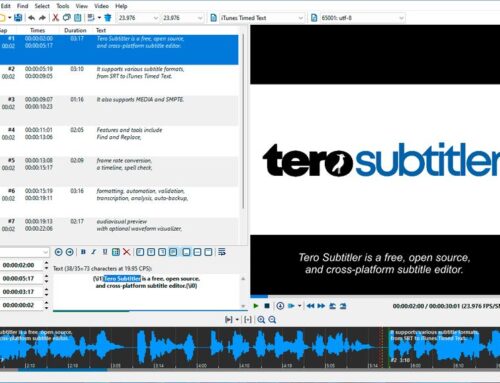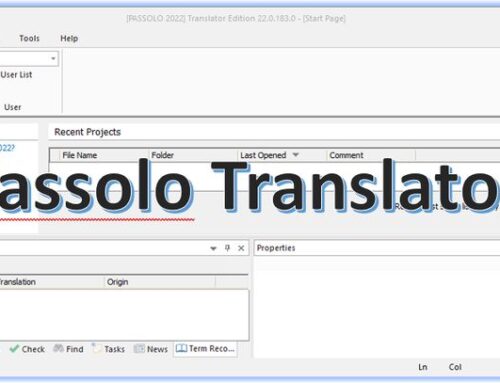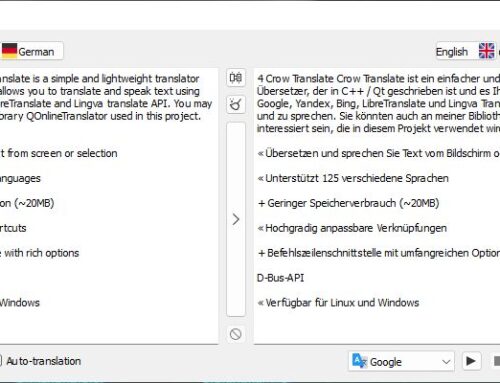ChatGPT is a cutting-edge AI language model with the remarkable ability to comprehend and produce human-like replies. By virtue of its natural language processing skills, ChatGPT is proficient at engaging in dialogues spanning various topics, dispensing information, and delivering customized interactions. Given its versatility, ChatGPT is capable of fulfilling multiple roles, such as serving as a virtual assistant, translator, or customer service agent.
ChatGPT can be used via Microsoft’s Edge browser, Skype, the add-ons for Google Chrome or Firefox, or via a desktop application (some of the options require you to register a free account with OpenAI first). Here are downloads or links for some solutions:
How could a translator use ChatGPT?
As a translator, you are often faced with the task of converting written or spoken material from one language to another. This task can be quite challenging, especially if you are dealing with complex or technical content. Translation services like DeepL Translate can provide some help. However, with the help of ChatGPT, you can make the translation process even more efficient and accurate since it is a large language model that is designed to understand and generate natural language. It is trained on a vast corpus of text data and has the ability to learn and understand the nuances of language use. As a translator, you can use ChatGPT in several ways to improve your translation work (see also this article at makeuseof.com).
Generating initial translations
One of the most common ways to use ChatGPT as a translator is to generate initial translations of the text you are working on. You can input the text into ChatGPT, specify the source and target languages, and let the model generate a rough translation of the text. While this translation may not be perfect, it can give you a good starting point for your translation work.
By using ChatGPT to generate initial translations, you can save time and effort in the translation process. You can quickly identify the key points and main ideas of the text and focus your efforts on translating these sections accurately. This approach can be particularly useful if you are dealing with large volumes of text or if you are working under tight deadlines.
Improving translation quality
In addition to generating initial translations, you can also use ChatGPT to improve the quality of your translations. You can input your translation into ChatGPT and use the model to identify any errors or areas where your translation could be improved. For example, you could ask ChatGPT to suggest alternative phrasing for certain sections of the text or to clarify any ambiguous language.
By using ChatGPT to refine your translations, you can ensure that your work is accurate and well-written. You can catch any errors or mistakes that you may have missed during the initial translation process and make any necessary corrections. This approach can help you to produce high-quality translations that meet the needs of your clients or audience.
Translating specialized or technical content
One of the challenges that translators often face is translating specialized or technical content. This type of content can be particularly challenging because it often contains complex terminology or jargon that may not be familiar to a general audience. However, with the help of ChatGPT, you can translate specialized content more accurately.
ChatGPT has been trained on a wide range of texts, including technical and specialized content. This means that the model has a good understanding of the terminology and language used in these fields. As a result, you can use ChatGPT to translate technical content more accurately and efficiently.
Improving language proficiency
Finally, you can also use ChatGPT to improve your language proficiency as a translator. By interacting with the model and analyzing its responses, you can gain a better understanding of the nuances of the language you are working with. You can identify common errors or mistakes that you may be making and work to correct them.
Additionally, by using ChatGPT to learn more about the language you are working with, you can expand your vocabulary and improve your language skills. You can explore different phrasing and expressions and learn how to use them effectively in your translations. This approach can help you to become a more effective and skilled translator over time.
Conclusion
As a translator, ChatGPT can be a valuable tool for improving the efficiency and accuracy of your translation work. By using the model to generate initial translations, refine your translations, translate specialized content, and improve your language proficiency, you can produce high-quality translations that meet the needs of your clients or audience. With its powerful language capabilities, ChatGPT can help you to become a more skilled and effective translator.
Is Machine Translation a threat for Translators?
Machine translation has been a topic of discussion in the translation industry for many years. Some believe that machine translation is a threat to human translators, while others argue that it’s a useful tool that can aid translators in their work. In this response, I will explore both sides of the argument and provide my perspective on whether machine translation is a threat to human translators.
On the one hand, machine translation can be seen as a threat to human translators because it can potentially replace their work. With advances in artificial intelligence and machine learning, machine translation has become more accurate and efficient, making it a viable alternative to human translation in many cases. In fact, some companies are already using machine translation exclusively for their translation needs, which means there is less demand for human translators.
Moreover, machine translation has the potential to drive down prices in the translation industry. With machine translation, companies can translate large volumes of content at a fraction of the cost of hiring human translators. This can make it difficult for human translators to compete on price, especially for low-level tasks that can be easily automated.
On the other hand, many translators believe that machine translation is not a threat but rather a tool that can enhance their work. Machine translation can be particularly useful for tasks such as post-editing, where a human translator takes a machine-translated text and improves it to make it more accurate and readable. This process can be much faster and more efficient than translating from scratch, and it can help to reduce costs for clients.
Moreover, machine translation can be particularly useful for translating technical documents, where accuracy is crucial. Machine translation engines can be trained on specific domains and terminology, making them more accurate for translating technical content. In such cases, human translators can use machine translation as a starting point and then edit and improve the translated text as necessary.
Conclusion
I believe that machine translation is not necessarily a threat to human translators, but rather a tool that can be used to enhance their work. While machine translation can be used to automate low-level translation tasks, human translators still have an important role to play in the translation industry. Human translators can use their linguistic and cultural expertise to produce high-quality translations that accurately convey the intended meaning of the source text. Moreover, human translators can also provide value-added services such as cultural adaptation, copyediting, and proofreading, which cannot be easily automated. Therefore, while machine translation has its place in the translation industry, human translators are still an essential part of the process, and their expertise cannot be replicated by machines.




